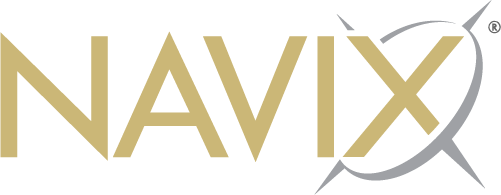2019 Q1 Market Commentary
The Standard and Poor’s 500 (S&P 500), a measure of U.S. stock market performance, started 2019 coming off the heels of a significant correction (some even speculated the start of a bear market). Since the Christmas Eve 2018 low, stocks have experienced a remarkable run. The S&P 500 finished the first quarter of 2019 up over 13%. This performance marks the best first-quarter return since 1998. Despite this positive outcome, there were bumps in the road. The most notable one occurred as the quarter drew to a close.
On March 22, 2019, the U.S. Treasury yield curve inverted and sent the market tumbling 2%. What is a yield curve? Investopedia defines a yield curve as a line that plots interest rates, at a set point in time, of bonds which have equal credit quality but differing maturity dates. The most frequently reported yield curve compares the three-month, two-year, five-year, 10-year, and 30-year U.S. Treasury debt. In a normally sloped yield curve, the longer the maturity, the higher the interest rate. If you look at a normally sloped yield curve on a chart, it slopes up and to the right. During an inversion, short-term rates are higher than long-term rates. On March 22, the yield on three-month treasuries passed that of 10-year treasuries, inverting that portion of the yield curve. Markets reacted negatively to this development as yield curve inversion is often a predictor of recessions. The yield curve’s predictive ability exists because it has real economic implications. When short-term rates are below longer-term rates (a normal yield curve), banks can lend money profitably as they earn the spread by borrowing at the short end and lending at the long end of the yield curve (you earn less on your savings account than the bank will charge on a mortgage). But once the curve inverts, the absence of profitability leads to compressed lending, with the resultant tightening in credit conditions contributing to recession.
Was this a one-off event or the start of something more sinister? It isn’t clear if this was a one-off situation or the beginning of a more protracted inversion. At this point, we are leaning toward placing it in the one-time category. There are several reasons for our thinking. First and foremost, the curve did not invert because of direct action taken by the Federal Reserve (the Fed). They’ve held the benchmark short-term interest rate steady at 2.25% to 2.5%, most recently confirming this stance in their March meeting. The 10-year fell below the three-month because the market is beginning to price in a possible rate cut this year. The Fed has raised short-term interest rates nine times since 2019. Now, the market on future policy decisions by the Fed suggests zero chance of a rate hike in 2019 and greater than 50% odds of a rate cut. In addition to an accommodative Fed, economic conditions remain mostly positive. The labor market remains strong, with jobless claims recently hitting a 50-year low, while the March jobs report showed a robust 196,000 in payroll gains. The unemployment rate remains at a historically low 3.8%. Additionally, the Institute for Supply Management’s (ISM) Manufacturing Index increased in March to 55.3 from 54.2; levels above 50 indicate expansion.
Despite all of the positive indicators in the market and economy, we still face economic uncertainty. The U.S. and China have no firm trade deal, the threat of European auto and airline subsidies tariffs has escalated, and there is an increasing likelihood that the USMCA (formerly NAFTA) will have trouble getting through Congress. All of these headlines fall under the continuing specter of a border shutdown between the United States and Mexico. We are also coming off the sugar high created by the 2017 tax cuts, which could still soften corporate earnings year over year.
With this uncertainty, what are investors to do? Consider rebalancing your portfolio back to its long-term asset allocation targets, if it has been a while since you last did so. Rebalancing means buying or selling assets to return your portfolio weightings to their original desired levels – for example, 60% stocks/40% bonds. While we do not think a recession is imminent, the risks are rising. Stocks historically have posted their weakest performance during the six months leading up to recessions. As a result, we continue to believe that discipline around portfolio diversification and rebalancing will be valuable tactics in 2019.
The views and opinions expressed are of Persium Advisors, LLC. This commentary is provided for educational purposes only and should not be construed as investment advice. Persium Advisors is an investment advisor firm located in Atlanta, GA.
ph 678.322.3000 / fax 678.322.3059
Persium Group, LLC / 2100 Riveredge Parkway, Suite 1230 / Atlanta, GA 30328
Persium Group consists of three teams: Persium Advisors — wealth management for business owners and other investors, NAVIX — exit planning for business owners, and CoVerity — serving the needs of retirement plan committees.
The Persium Group, formerly known as White Horse, is an independently owned and operated firm that was founded in 2004. In 2010, White Horse Advisors, LLC registered with the Securities and Exchange Commission as an investment adviser allowing us to operate in a product neutral, fee-only investment environment.



